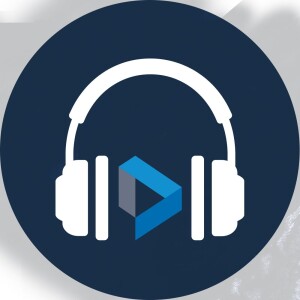
The Lloyd’s List Podcast: Remotely operated shipping in the spotlight
 2021-05-12
2021-05-12
Download
Right click and do "save link as"
In this special edition of the podcast, sponsored by Marlink, Lloyd’s List Chief Correspondent Richard Clayton is joined by Tore Morten Olsen, President of Marlink’s maritime division, to discuss the future of remote operations for maritime.
It’s good to talk. Shipping and its technology partners have worked hard during the coronavirus pandemic to keep seafarers connected.
But connectivity between ship and shore will be cascaded to the next level when the industry emerges from Covid-19. Digitally driven shipping is no longer a dream; it is becoming a reality.
Discovering what is commercially viable in the short term is the key to data-led shipping.
One of the harder nuts to crack is remote operations. This has been discussed at length over the past five years and technologists are getting closer to delivering software and systems that ship owners, operators, and managers can use.
Tore Morten Olsen, President of Marlink’s Maritime division, has been working on a Remotely Operated Service at Sea (ROSS) project with SeaOwl, a French offshore services operator. This project involved a collaboration of stakeholders working with a common purpose.
In this Lloyd’s List podcast, Mr Olsen outlines the five ‘R’s of remote operations– remote voyage support, remote software installation, remote compliance – training of crew and enabling inspections, remote medical aid, and remote operations.
He tackles the issue of whether it will be possible to control vessels with a master and navigation team ashore, saying Covid-19 has “accelerated the maturity of the client-base to think in this way”.
Mr Olsen discusses whether shipping is ready for remote operations; what is needed from regulators, class societies, and from ship owners themselves; and how the industry can use digitalisation to improve efficiency and save money.
Remote operations is unlikely to be suitable for all ships on all trades but, he argues, in certain segments it will make a significant commercial difference. That’s why the industry should watch developments such as the ROSS project.
“With SeaOwl, requirements of regulation, safety, and cyber security are much higher than vessels operating between two ports,” he says. There are already elements of remote operations that can be leveraged today, so companies can already benefit from elements used in this project.
The potential of autonomous shipping has been on shipping’s agenda for many years, now the viability of remote operations is very much in the spotlight.
view more
More Episodes
012345678910111213141516171819
Create your
podcast in
minutes
- Full-featured podcast site
- Unlimited storage and bandwidth
- Comprehensive podcast stats
- Distribute to Apple Podcasts, Spotify, and more
- Make money with your podcast
It is Free
- Privacy Policy
- Cookie Policy
- Terms of Use
- Consent Preferences
- Copyright © 2015-2024 Podbean.com






